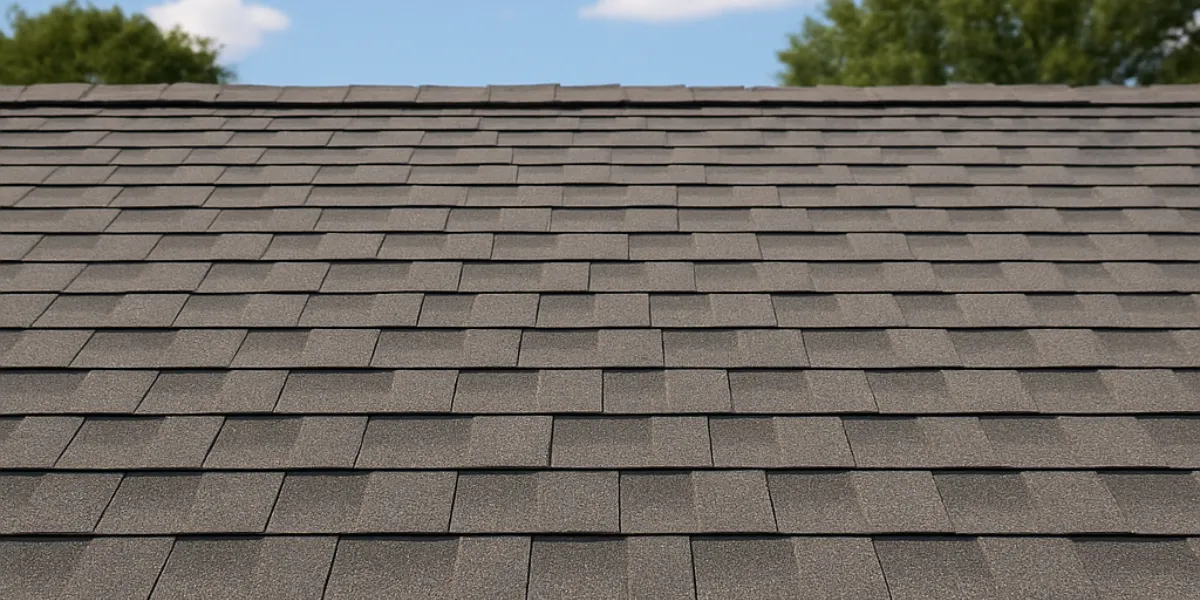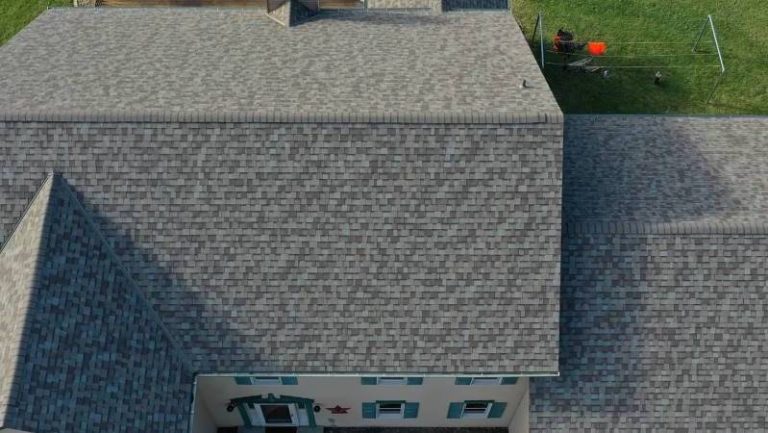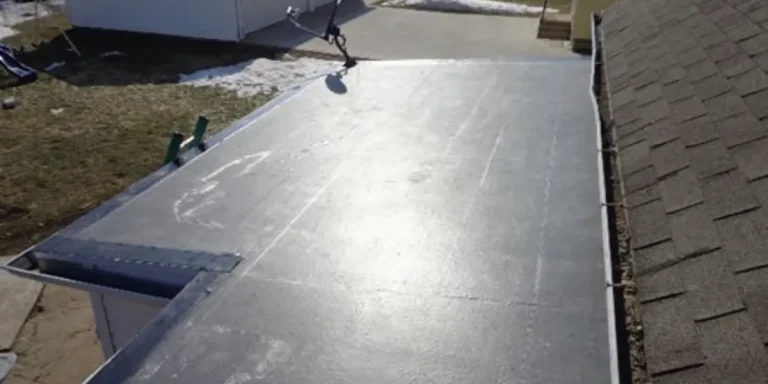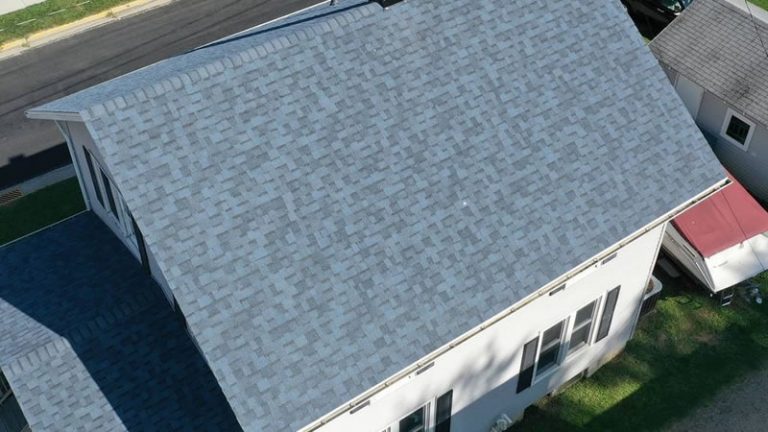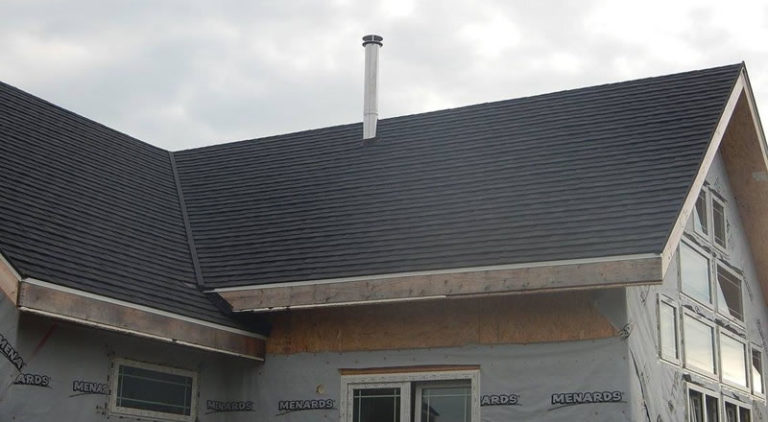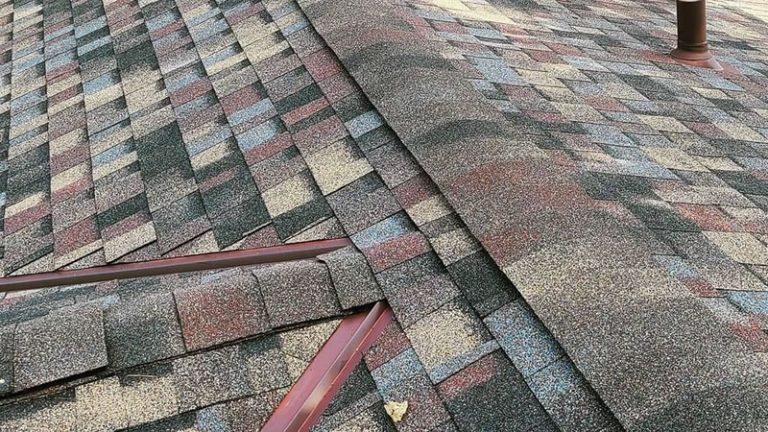How to Tell If You Need a Ridge Vent or Attic Fan
If your attic feels like an oven in summer or you’ve noticed signs of moisture in winter, poor attic ventilation may be to blame. Choosing between a ridge vent and an attic fan is an important decision that impacts your energy efficiency, roof longevity, and indoor comfort.
At Brad’s Construction, we help homeowners in Dodge County and surrounding Wisconsin communities improve their homes with better ventilation, energy-efficient upgrades, and high-quality exterior remodeling. Here’s how to decide what’s right for your attic.
Why attic ventilation matters
Proper attic ventilation plays a critical role in the health of your home—especially in regions like Wisconsin, where temperature and humidity levels swing dramatically from season to season. A well-ventilated attic allows hot, moist air to escape and helps maintain a balanced temperature between your roof and your living space. Without adequate airflow, your attic can quickly become a source of expensive and sometimes invisible damage.
When warm air from your home rises into an unventilated attic, it becomes trapped. In winter, this can melt snow on your roof, which then refreezes at the eaves and causes ice dams. In summer, the trapped heat can push attic temperatures well over 120°F, forcing your cooling system to work overtime and raising your energy bills.
Here are just a few common problems caused by poor attic ventilation:
-
- Ice dams in winter: These can lead to roof leaks, water damage, and ruined insulation.
- Mold and mildew growth: Moisture buildup in your attic can lead to hidden mold colonies that impact your indoor air quality and your family’s health.
- Warped or rotted roof decking: Trapped humidity can weaken the structural integrity of your roof from the inside out.
- Higher cooling costs in summer: Without a way to vent excess heat, your attic acts like a heat sink, raising indoor temperatures and increasing strain on your air conditioner.
Whether you’re experiencing these issues or proactively updating your home, Brad’s Construction can help you install the right attic ventilation system to protect your roof and your energy efficiency.
There are two primary types of attic ventilation systems:
-
- Passive systems, like ridge vents, rely on natural airflow. They allow hot air to escape through the top of your roof while drawing cooler air in through soffit vents.
- Active systems, like attic fans, use motorized equipment to forcibly expel hot or humid air. These systems are especially useful in homes without continuous soffit vents or in attics that trap heat quickly.
The best system for your home depends on your attic layout, roof design, and existing airflow. That’s why Brad’s Construction always performs a complete attic and roof evaluation before recommending the most effective and efficient solution for your home.
What is a ridge vent?
A ridge vent is a low-profile ventilation strip installed along the peak of your roof. It allows hot air to rise and exit the attic naturally, working best when paired with soffit vents that draw in cooler air from below.
Advantages of ridge vents:
-
- No electricity required—100% passive
- Even airflow along the roof ridge
- Low maintenance, no moving parts
- Visually blends into your roofline
Ridge vents are ideal for homes with consistent soffit-to-ridge air movement and provide continuous, quiet ventilation with minimal upkeep.
What is an attic fan?
An attic fan is an electric- or solar-powered unit that actively pulls hot air out of the attic through roof or gable vents. Some models include thermostats or humidistats to turn on automatically when the temperature or moisture level gets too high.
Advantages of attic fans:
-
- Actively cools your attic space
- Ideal for homes without proper soffit venting
- Helps reduce attic temps quickly in summer
- Great for complex or older roof designs
Attic fans work well when your attic needs more aggressive airflow than passive systems alone can provide—especially in poorly ventilated or older homes.
How to know which one you need
Choosing between a ridge vent and an attic fan isn’t always straightforward. The best choice depends on the age and structure of your home, the layout and slope of your roof, the presence (or absence) of soffit vents, and how well your attic currently “breathes.” If your attic feels stuffy, hot, or damp—or you’re seeing problems with your roof—ventilation could be the missing piece.
Signs a ridge vent may be the right solution:
-
- Your home already has properly functioning soffit vents. Ridge vents rely on continuous airflow from the soffits up through the ridge. If that system is in place and your attic doesn’t have major heat or moisture issues, a ridge vent can work efficiently with minimal upkeep.
- You’re planning a full roof replacement or re-roofing project. Ridge vents are typically installed during roofing work, making it a smart addition when your shingles are being redone. Brad’s Construction can install ridge vents as part of any roof replacement to ensure balanced attic ventilation.
- Your attic stays relatively dry year-round. If there are no signs of condensation, mold, or mildew, a passive system may be all you need to maintain a healthy attic space.
- You want a quiet, maintenance-free ventilation option. Ridge vents don’t rely on motors or electricity, which means no noise, no moving parts to maintain, and no operational costs.
Signs an attic fan may be the better fit:
-
- Your attic is extremely hot in summer, even with vents. Some attics trap heat faster than it can escape, especially in older homes or those with complex rooflines. A powered fan actively pulls hot air out to help keep your upstairs rooms cooler and reduce strain on your HVAC system.
- Your home lacks continuous soffit ventilation. Without lower-level intake vents, ridge vents won’t perform effectively. In these cases, a mechanical solution like an attic fan can provide consistent airflow regardless of intake limitations.
- You’ve noticed signs of moisture buildup. Damp insulation, mold on rafters, or a musty smell in the attic all point to poor air exchange. An attic fan can help expel humid air before it condenses and causes damage.
- You’re dealing with winter ice dams. Ice dams often form when warm air in the attic melts snow on the roof. That meltwater can refreeze near the eaves and lead to leaks or structural damage. An attic fan helps regulate attic temperature to prevent this cycle. Brad’s Construction regularly installs attic fans as part of comprehensive roof repair solutions when ice dams are a recurring issue.
If you’re still unsure which option is best for your home, the team at Brad’s Construction can perform a full attic and roof inspection. We’ll look at existing ventilation, identify problem areas, and recommend a system that fits your home’s design and long-term goals. Whether you’re looking to install a ridge vent, add a powered fan, or include attic ventilation as part of a full roof replacement, we have the experience and tools to get it done right.
Mini case study: Ridge vent vs attic fan in Beaver Dam
A homeowner in Beaver Dam contacted us about high summer energy bills and attic condensation in winter. Their home had limited soffit ventilation and an older roof. After an attic inspection, we installed a new roof-mounted attic fan with a thermostat control to supplement the inadequate airflow. The result? Lower attic temperatures, reduced ice damming, and improved comfort throughout the home.
Proudly serving Dodge County and surrounding areas
At Brad’s Construction, we offer expert advice and installation of attic ventilation systems across Dodge, Fond du Lac, and Washington Counties, including:
-
- Beaver Dam
- Mayville
- Waupun
- Columbus
- Horicon
- Watertown
- Fond du Lac
- West Bend
- Hartford
- Campbellsport
We also specialize in roof replacement, roof repairs, siding, gutters, and energy-efficient upgrades for Wisconsin homeowners.
Get expert help choosing the right ventilation system
Schedule your attic ventilation assessment with Brad’s Construction
Whether you're replacing a roof or trying to reduce energy costs, choosing the right attic ventilation system can make all the difference. Contact Brad’s Construction today for a professional evaluation. We’ll inspect your attic, explain your options, and recommend the best solution for long-term comfort and performance.
We proudly serve homeowners across Dodge County and surrounding areas with honest guidance, expert craftsmanship, and superior exterior home remodeling services.

